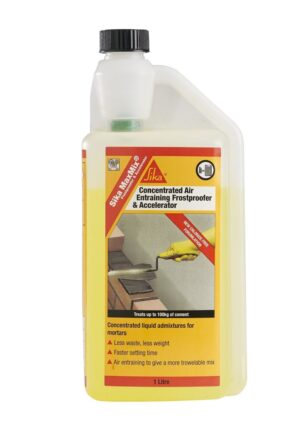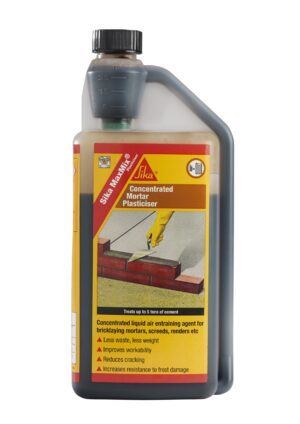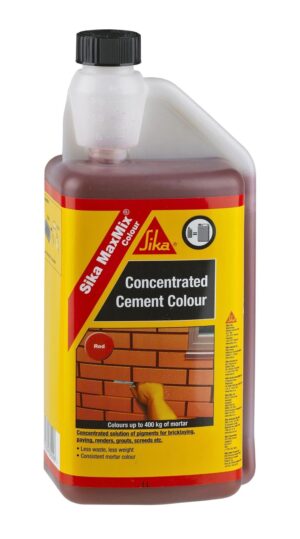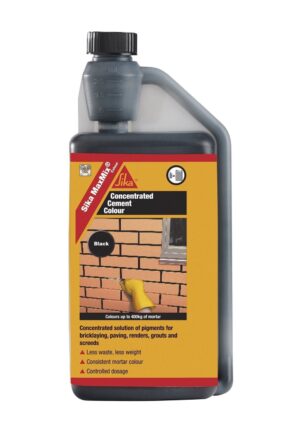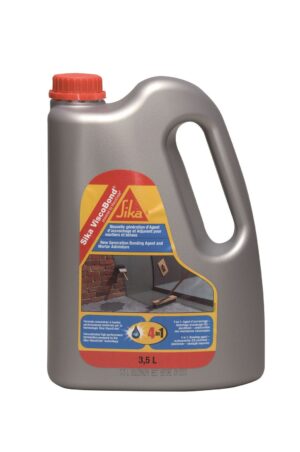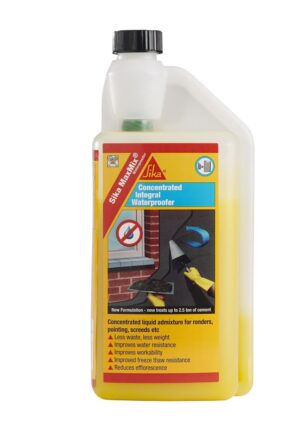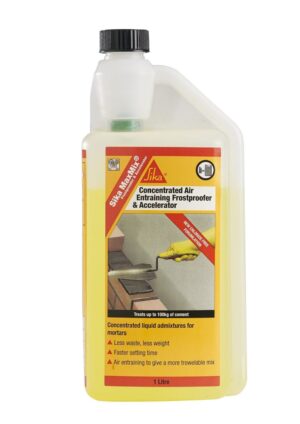What is rendering?
In building construction or renovation, rendering usually refers to the application of cement to an external wall, but it could also be used to feature an interior wall. Renders usually consist of sand, cement, lime and water. Depending on the look required, rendering can be natural or coloured, painted or pigmented, and coarse, textured or smooth.
Additives can also be included in the mixture to enhance particular properties of the render, whether that’s the speed of the drying process, the water resistance, the bonding or the colouring if the construction aesthetics require it. Lime can also be added to the render to increase its elasticity, thus giving it a smoother texture and making it less likely to crack when dry.
Concrete, brick and mud houses all over southern Europe have been rendered for centuries with both aesthetics and protection (weather resistance) in mind, and many countries have developed their own distinctive style and colours of cement rendering.
What types of rendering products are there?
Acrylic rendering products that have been pre-mixed have the added benefit of superior water resistance and strength, thus being suitable for application on more challenging surfaces like cement sheeting, cladding or concretehttps://spc-wp.spindogs-dev7.co.uk/products/sika-maxmix-concentrated-ce. While traditional renders take approximately a month to set, acrylic renders can set in one or two days.
For older buildings it’s recommended that lime mortar (render in which cement is substituted for lime) is used for rendering, as it is more flexible and breathable, meaning it allows moisture to escape from the wall and is less likely to crack.
What are the benefits of rendering?
While rendering can improve fire rating or weather resistance of a building, the clear benefit of rendering lies in the aesthetic boost it gives houses. This is widely embraced across Europe to the extent that most brick structures in the Mediterranean and other southern parts of the continent are not considered fully complete until they have been rendered.
The white houses of many Greek islands are a prominent example of the aesthetic beauty of rendering. In some countries the colour of render is even dictated by local councils to ensure a uniform look to neighbourhoods.
What is the difference between rendering and plastering?
Both rendering and plastering are terms used to describe the coating of a brick wall with mortar, and there are many people who assume the two are synonymous and are interchangeable. However, while the materials used in the two processes are similar (sand, cement, lime, gypsum, etc.), the major difference lies in the strength of the material used. Rendering (coating outside walls) generally involves a richer mixture composed of more cement than is used for plastering (covering inside walls before painting them), since outside walls are subject to the forces of nature and need to withstand extreme weathers.


